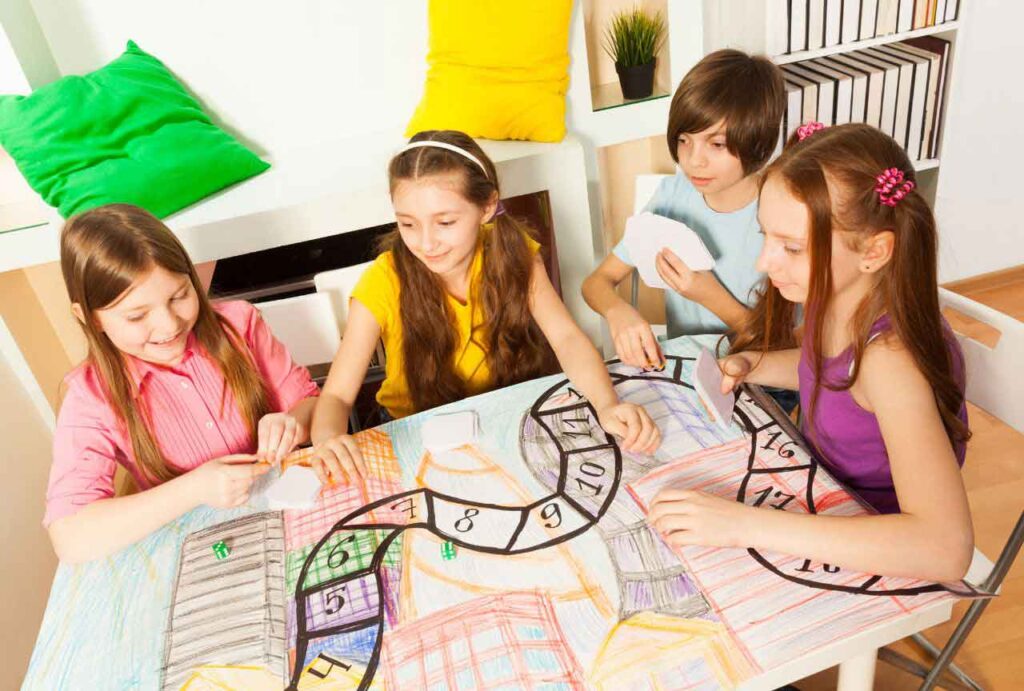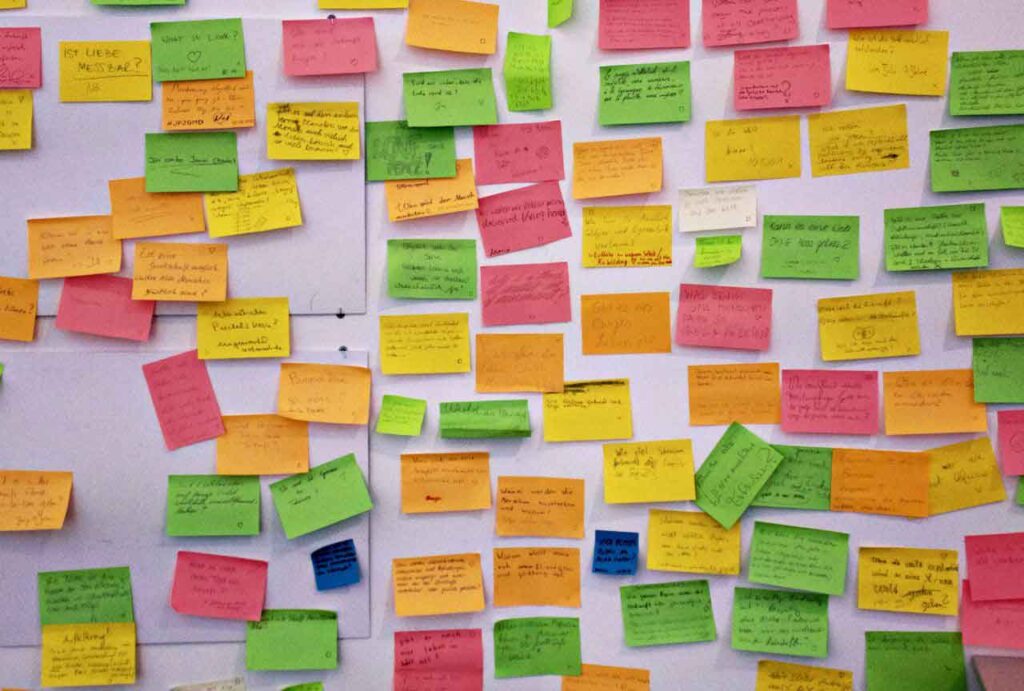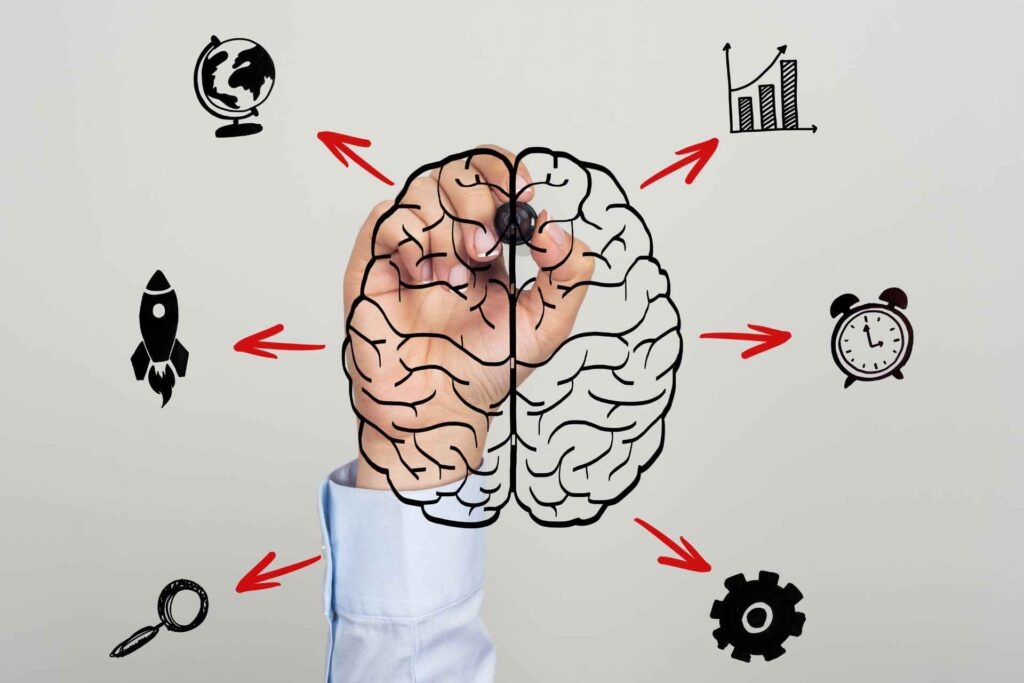In the pursuit of personal and professional development, fostering a growth mindset becomes a transformative journey. Understanding the core concepts and engaging in purposeful growth mindset activities can pave the way for a resilient and adaptable mindset.
And according to Carol Dweck research, 60% of people lack the characteristics of a growth mindset and instead have a fixed mindset, making them unlikely to succeed.
This article examines highly effective growth mindset activities designed for people of all ages to adopt a winning mindset and inspire success.
Understanding what is a Growth Mindset:
A growth mindset is a fundamental belief that one’s abilities, intelligence, and talents can be developed through dedication, hard work, and resilience.
Individuals with a growth mindset perceive challenges as opportunities for learning rather than insurmountable obstacles. They embrace effort as a pathway to improvement, value the process of learning, and are open to constructive feedback.
This encourages a love of learning, resilience in the face of adversity, and a positive attitude toward personal and professional development.
A. Importance and impact of Growth Mindset on mindset on learning and development:
Research consistently shows that individuals with a growth mindset tend to achieve more, persist through challenges, and view effort as a path to mastery. This positive outlook not only enhances academic performance but also nurtures resilience, adaptability, and a passion for lifelong learning.
B. The difference between a Fixed mindset and Growth Mindset:
| Aspect | Fixed Mindset | Growth Mindset |
| Belief About Intelligence | Intelligence and abilities are fixed traits. | Intelligence and abilities can be developed and grown. |
| View on Effort | May see effort as fruitless if intelligence is fixed. | Embraces and values effort as the path to mastery. |
| Approach to Challenges | May avoid challenges to prevent failure and setbacks. | Welcomes challenges as opportunities for growth. |
| Response to Setbacks | Takes setbacks personally, seeing them as a reflection of their abilities. | Views setbacks as a natural part of the learning process. |
| Feedback | May ignore or reject feedback that implies a lack of innate ability. | Values constructive criticism for improvement. |
| Success of Others | Feels threatened or envious of others’ success. | Finds inspiration in the success of others. |
| Long-Term Goals | May prioritize looking smart over learning and growing. | Focuses on continuous learning and improvement. |
This table highlights key differences in mindset orientations, illustrating how one’s beliefs about intelligence, attitude towards effort and challenges, response to setbacks, feedback reception, view of others’ success, and long-term goals can vary between a growth and fixed mindset.
Also Read: 7 Powerful Daily Habits to Boost Intelligence and Productivity
10 Growth Mindset Activities for Kids:
1. The Power of “Yet” Journaling:
Encourage kids to keep a journal where they note down things they haven’t mastered “yet.” For example, instead of saying, “I can’t do math,” they can say, “I can’t do math yet.” This subtle shift instills the idea of growth.
2. Obstacle Course Challenge:
Activity: Create a fun obstacle course. As kids navigate challenges, discuss how each obstacle represents a learning opportunity. Emphasize that it’s okay not to succeed on the first try but to keep trying.
3. Story of a Mistake:
Share stories of famous personalities and their mistakes. Discuss how these individuals learned and grew from their errors. Have kids share their mistakes and what they’ve learned.
4. Goal Setting with a Vision Board:
Help kids create a vision board with images and words representing their goals. Discuss the steps needed to achieve these goals and the perseverance required.
5. Mindful Breathing for Focus:
Teach kids simple mindful breathing exercises. Connect this to the idea that just as their breath can be controlled, so can their mindset and reactions to challenges.
6. Praise the Process, Not Just the Outcome:
When acknowledging achievements, focus on the effort and strategies used rather than just the end result. This helps kids understand the value of hard work.
7. The Growth Mindset Garden:
Plant seeds together and discuss how they represent potential. As the plants grow, draw parallels to personal growth and learning new skills.
8. Failure Bingo:
Create a “Failure Bingo” card with squares representing common setbacks. When a child experiences one, discuss it openly, reinforcing the idea that setbacks are normal.
9. Positive Affirmation Mirror Exercise:
Have kids stand in front of a mirror and say positive affirmations about their abilities. Encourage them to use language that implies growth and improvement.
10. Collaborative Storytelling:
Engage kids in a collaborative storytelling session. As the story evolves, emphasize that unexpected plot twists (challenges) make the story more interesting, just like in life.

10 Growth Mindset Activities for Students:
1. Daily Reflection Journal:
Keep a daily journal to reflect on challenges faced, actions taken to overcome them, and lessons learned. Focus on personal growth and celebrate small victories.
2. Positive Affirmation Post-it Wall:
Create a wall of positive affirmations using colorful Post-it notes. Write down affirmations related to personal strengths and goals. Read them daily for a confidence boost.
3. SMART Goal Setting:
Set SMART (Specific, Measurable, Achievable, Relevant, Time-Bound) goals for the week or month. Break them down into actionable steps, and track progress regularly.
4. Learning from Setbacks:
When facing a setback, analyze it objectively. Identify what went wrong, what could be improved, and what lessons can be learned. Use setbacks as stepping stones to success.
5. Mindset Podcast Playlist:
Curate a playlist of podcasts or TED Talks discussing the growth mindset. Listen during commutes or free time to gain insights and inspiration.
6. Obstacle Course Challenge:
Create a physical or metaphorical obstacle course. Tackle challenges with a positive mindset, seeing each obstacle as an opportunity to grow and learn.
7. 30-Day Growth Mindset Challenge:
Commit to a 30-day challenge of trying new things, facing fears, or learning a new skill. Document progress and celebrate the courage to step out of the comfort zone.
8. Failure to Success Storyboard:
Design a storyboard illustrating a personal failure or challenge. Include the journey, lessons learned, and ultimate success. Use visuals to reinforce the growth mindset narrative.
9. Visualization Meditation:
Practice visualization meditation. Close your eyes and vividly imagine achieving a goal. Feel the emotions associated with success, fostering a positive and confident mindset.
10. Peer-to-Peer Growth Share:
Connect with a peer to share growth experiences. Discuss challenges, strategies, and successes, providing mutual support in cultivating a growth mindset.

10 Growth Mindset Activities for Adults:
1. Skills building and enhancement:
The best way to develop and grow your mindset is to learn new things, cultivate your mindset, flood it with skills, and enhance existing ones. This has an impact on both your personal and professional life.
2. Explore and learn more about Topics you despise:
How many times have you had an idea about something that, when you looked into it further, changed your entire perspective on it? Find topics that you dislike or are unfamiliar with and learn more about them.
3. TED Talk Challenge:
Regularly watch TED Talks on a variety of topics. Choose talks that challenge your beliefs or introduce new ideas. Reflect on how these talks can influence your mindset and actions.
4. Journaling for Reflection:
Maintain a reflective journal where you document daily experiences, challenges, and successes. Use journaling as a tool for self-discovery and continuous improvement.
5. Networking Events Participation:
Attend networking events, both in-person and virtual. Engage in conversations with diverse individuals to broaden your horizons and embrace the opportunity to learn from others.
6. Share information:
Sharing your knowledge with others is an effective way to grow your mindset. This will also challenge your scarcity mindset and help you develop an abundance mindset, as well as spark your interest in the topic you’re sharing.
Also Read: How To Adopt An Abundance Mindset And Avoid Scarcity
7. Mastermind Group Formation:
Form or join a mastermind group where members share goals, challenges, and insights. Collaborate to find innovative solutions and provide support for individual growth.
8. Visualization and Affirmation Practice:
Incorporate daily visualization and positive affirmation exercises into your routine. Envision your goals, success, and personal growth. Repeat affirmations that reinforce a belief in your ability to overcome challenges.
9. Refresh your daily routine:
Break up the monotony of your daily routine. Try new things you’ve never done before. Consider taking a different route if your usual walk follows a set path. Pick up a new entertainment tools or introduce activities that add a refreshing twist to your daily life.
10. Sharpen your Vocabulary:
Learn new words that are more precise, have more meaning, and can be used to replace common words with more creative and sophisticated words. This will increase your credibility when speaking and is also a fun task to do.

Also Read: How To Adopt An Abundance Mindset And Avoid Scarcity
Icebreaker Growth Mindset Activity
A. The importance of Icebreakers:
Icebreakers create a positive and open environment, setting the stage for growth mindset activities. They promote collaboration, communication, and the willingness to embrace challenges.
B. The Icebreaker Activity Examples:
- Two Truths and a Dream: Participants share two true statements about themselves and one dream they aspire to achieve, fostering vulnerability and openness.
- The Growth Mindset Web: Participants form a web by sharing experiences of overcoming challenges, visually representing the interconnectedness of growth mindsets.
C. Facilitating Open Communication and Collaboration:
Icebreakers create a foundation for effective communication and collaboration. These activities encourage participants to share experiences, creating a supportive community ready for growth.
Ways to Practice a Growth Mindset Daily
A. Embracing Challenges:
- Seeking Discomfort: Encourage yourself to step out of your comfort zones regularly, this will improve your adaptability and resilience.
- Problem-Solving Mindset: Approach daily challenges as opportunities for problem-solving, emphasizing the process rather than the outcome.
B. Continuous Learning Habits:
- Reading and Learning Goals: Set goals for regular reading and acquiring new knowledge, fostering a habit of continuous learning.
- Online Courses and Skill Development: Use online platforms to acquire new skills, embracing the evolving nature of knowledge.
C. Positive Affirmations and Reflections:
- Daily Affirmations: Practice positive affirmations that reinforce a growth mindset, promoting self-belief and resilience.
- Evening Reflections: Reflect on daily experiences, focusing on lessons learned and areas for improvement.
Conclusion:
Developing a growth mindset is an ongoing journey that spans from childhood to adulthood. Engaging in purposeful activities ensures a holistic approach to fostering resilience, adaptability, and a positive attitude towards challenges.
By incorporating these highly effective growth mindset activities, you can cultivate habits that contribute to a lifetime of learning and development.
Remember, the journey towards a growth mindset may not happen overnight, but the consistent effort to change habits and perspectives ensures its enduring presence in one’s life.



